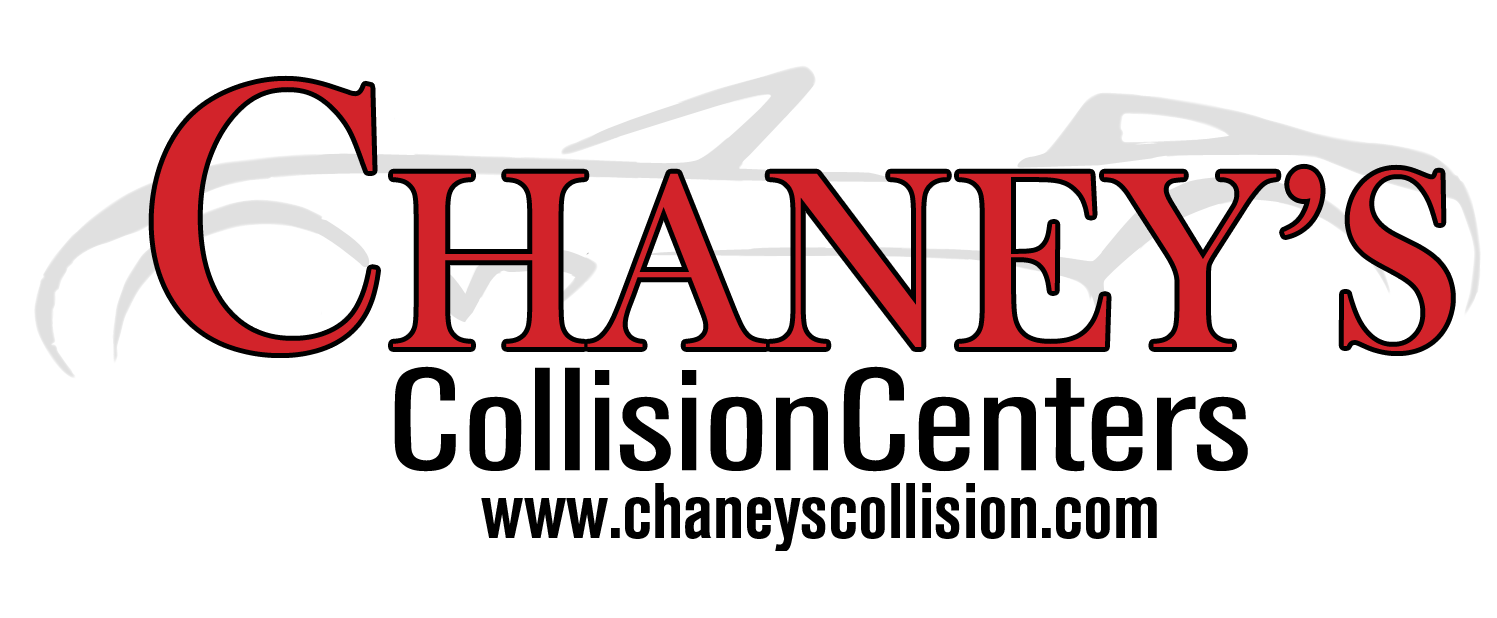Understanding Repair Timelines: Why Some Jobs Take Longer Than Others
 Collision repairs can vary significantly in duration, leaving many vehicle owners wondering why one job takes a day while another takes weeks. Several factors influence repair timelines, including the extent of the damage, the availability of parts, and the complexity of the work involved. Understanding these factors can help manage expectations and ensure a smoother repair experience.
Collision repairs can vary significantly in duration, leaving many vehicle owners wondering why one job takes a day while another takes weeks. Several factors influence repair timelines, including the extent of the damage, the availability of parts, and the complexity of the work involved. Understanding these factors can help manage expectations and ensure a smoother repair experience.
Assessing the Damage
Initial Inspection
After an accident, an initial assessment must be conducted to determine the extent of the damage. Surface-level issues might be deceptive, hiding structural concerns underneath. Technicians must perform a thorough evaluation before estimating the time needed for repairs.
Severity of Structural Issues
Minor dents and scratches require less time than frame misalignment or internal mechanical failures. A vehicle that has sustained severe impact will need additional time for repairs, as structural integrity must be restored before cosmetic work can begin.
Hidden Problems
Once disassembly begins, previously unnoticed issues may emerge. Rust, weakened supports, or faulty electrical connections can add unexpected delays, requiring additional diagnostics and adjustments to the repair plan.
Parts Availability and Ordering
Sourcing the Right Components
Many repair jobs involve replacing damaged parts, which must be sourced either from the manufacturer or aftermarket suppliers. Common parts may be readily available, but specialty components for luxury or older vehicles might take longer to arrive.
Shipping and Backorders
Delays in shipping or items being on backorder can extend the timeframe significantly. Shops often rely on suppliers for delivery estimates, but unexpected disruptions in the supply chain can slow the process.
Customization or Painting
Certain replacement parts require custom fabrication or color matching, which can add time to the process. Precision in these areas ensures a flawless repair but often extends the overall timeframe.
Complexity of the Repair Process
Multi-Step Procedures
Some repairs involve multiple steps, each requiring drying or curing time. Paint jobs, for example, include sanding, priming, base coat application, and a clear coat. Each layer must dry fully before the next can be applied, adding to the duration of the job.
Mechanical and Electrical Repairs
If an accident has affected the vehicle’s mechanical systems or electronics, the job becomes more complex. Rewiring, sensor recalibration, and alignment checks require additional diagnostic work, increasing the repair timeline.
Safety Inspections
Before a vehicle is returned to its owner, thorough safety inspections must be conducted. Airbags, brakes, and suspension components must be tested to confirm everything functions correctly. Ensuring a car meets safety standards is a necessary step that cannot be rushed.
External Factors
Insurance Processing
Approval from an insurance provider can impact repair timelines. If an adjuster must review the damage before work begins, delays may occur. Communication between repair shops and insurers can sometimes slow the process further.
Shop Workload
The number of repairs a shop handles at a given time also affects individual job timelines. A high volume of vehicles in need of repairs means longer wait times before work can begin.
Conclusion
Multiple variables influence the time it takes to complete a collision repair. From assessing damage to sourcing parts and executing multi-step procedures, each stage contributes to determining the overall timeframe. Understanding these factors helps set realistic expectations and ensures vehicle owners remain informed throughout the repair process.

